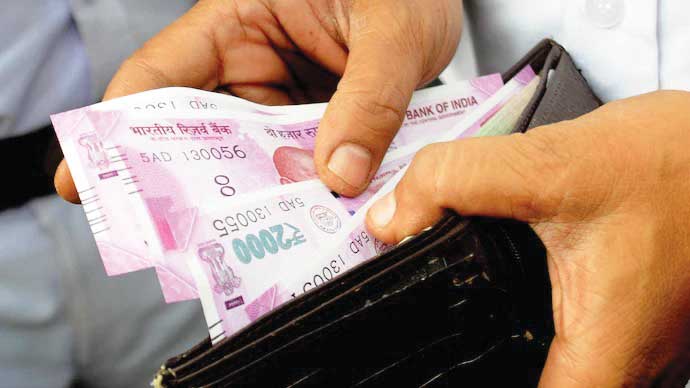8 things to know about the `2000 note that has been in circulation for 6 years
The RBI has started withdrawing 2,000-rupee notes from circulation, citing the “clean note policy”. The 2,000-rupee note will remain legal tender. According to an official statement, people can deposit the rs. 2,000 note at the bank or exchange it for notes of smaller denominations up to rs.20,000 at a time.
1. RBI 2,000-rupee note exchange/deposit last date
According to the RBI statement, people can deposit their rs.2,000 notes or exchange them for smaller notes between May 23 and September 30.
2. rs.2,000 exchange/deposit limit
Bearers can exchange rs.2,000 notes worth up to rs.20,000 (10 notes of 2,000 rupees each) at a time.
3. When was the 2,000-rupee banknote introduced?
The rs.2,000 note was introduced in November 2016 after the government announced the demonetisation of rs.500 and rs.1,000 notes.
4. Why was the rs.2,000 note issued?
The rs.2,000 currency note was issued to meet the Indian economy’s currency requirement in view of the sudden withdrawal of the rs.500, and rs.1,000 notes under the demonetisation drive.
5. Did the rs.2,000 serve its purpose?
Yes, the goal was achieved as soon as the notes in other denominations underwent circulation in sufficient quantities.
6. Was the rs.2,000 notes being printed all this while?
No, printing the rs.2,000 note was stopped in 2018-19.
7. What is the process for depositing the rs.2,000 note?
According to the RBI, the deposit can be made on the given dates in the usual manner, without any restrictions and “subject to extant instructions and applicable statutory provisions”.
8. Why is there a limit on the exchange?
The RBI has restricted the exchange of the rs.2,000 note for notes of smaller denominations at the bank to 10 at a time (rs.20,000 in value) to ensure operational convenience and to avoid disruption of regular activities at the bank branches.

